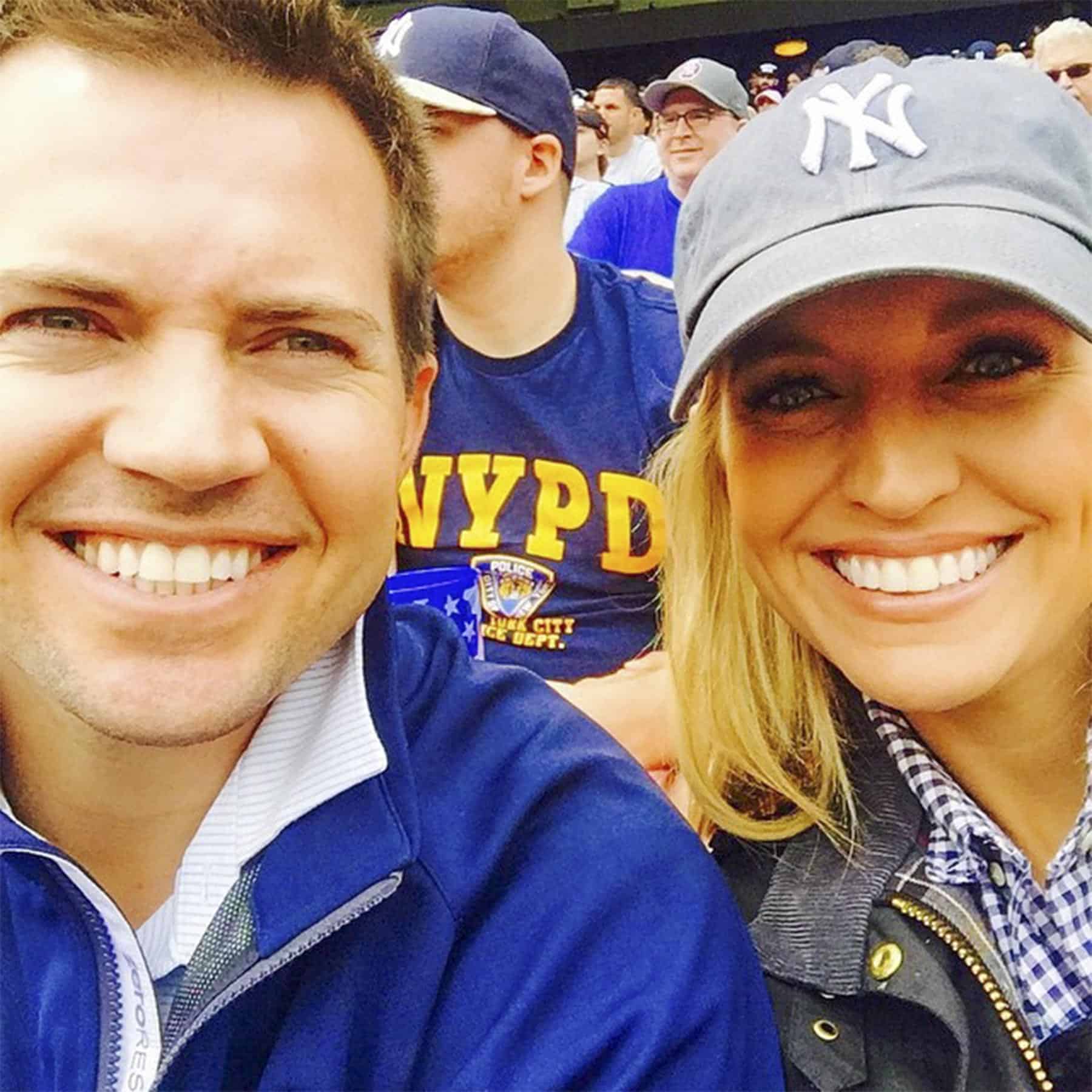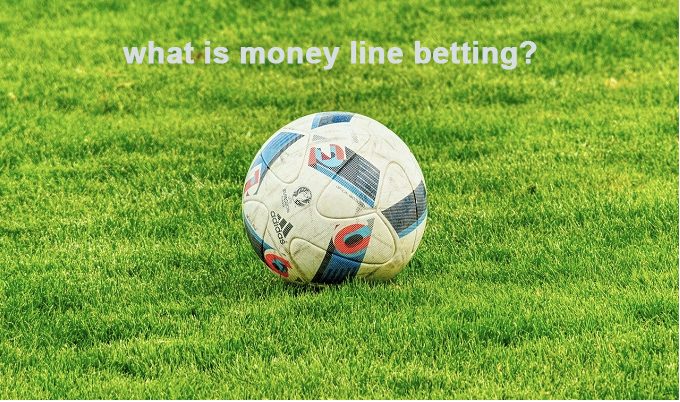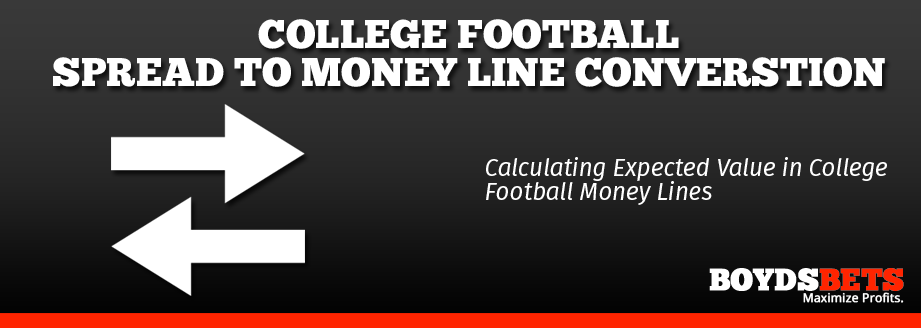How Does Moneyline Work In Football
In most two-team games like football, baseball or soccer, one team will have a negative money line, and the opponent will have a positive money line. The team with a negative money line is the favorite, and the team with the positive money line is the underdog. How does Money Line betting work? Money Line betting is most prevalent in sports like baseball, tennis and UFC. While it is still a popular choice for betting on the NBA and NFL, the high scoring nature of sports like basketball and American football mean other bet types are more widely used (such as Totals or Handicap). In sports like football and basketball, the moneyline is considered as the secondary option next to point spreads. Points spreads are the way that most people get their action in on basketball.
The novice football bettor may be a bit overwhelmed when they first create an account at an online Sportsbook and then look at the posted NFL betting lines. Most bets with your buddy will be on what NFL team will win straight up or who will cover the spread. This guide give you the basic types of Football wager types associated with a betting line.Football Betting Line
A betting line is a posted number that the online Sportsbook posts for each game in a certain sport. The betting line will have different wager options within the betting line. Bookmakers will post odds on who they think will win the game. The betting line will usually show a favorite and an underdog. The example below will show what a NFL betting line looks like at one of our recommended Sportsbooks Bovada.com .Moneyline Wager
The Moneyline wager means you are picking who you think will win the game straight up. In the example above, the Moneyline odds on the New York Giants are +140. In this example the New York Giants are the underdog. The +140 means that for every $100 you wager you will win $140. You do not have to wager $100. The betting line is a payout ratio odds and will be scaled to your actual wager. The favorite in this example is the Detroit Lions denoted by the -160. You have to risk $160 to win $100.NFL Point Spread Wager
The Point Spread is one of the most popular wagers in NFL Football betting. You need to cover the Point Spread to win your wager. For example the Favorite in this game is the Detroit Lions as they have a point spread of -3(-110). For you to win your wager, the Detroit Lions would have a final score beating the New York Giants by 4 or more points. The (-110) in brackets is the 'juice' or 'vig' on the wager. Sportsbooks take a standard 10% commission on all wagers. If there is not a -110 beside the point spread it is usually assumed 10% juice. The Underdog in the point spread is the New York Giants +3(-110). For you to win your wager the NY Giants could lose the game by 2 points or less. If the final is score is a margin of 3 points then the wager would be graded a PUSH and the wager amount would be returned to you.NFL Total Wager
A Total Wager is a bet on the OVER/UNDER for the Total Score at the end of the game of the combined teams. In this betting line the TOTAL is 33 (-110). For you to WIN the OVER TOTAL wager the final score would have to be 34 points combined for both teams. If the TOTAL score is exactly 33 then the wager would be graded a PUSH and your wager would be returned to you. The NFL betting line in the above example is for the full game. An NFL betting line can also be posted for 1st Quarters(1Q), 1st Half(1H) and 2ND Half(2H). Not all Sportsbooks post 1Q lines for all football games. Professional bettors are known to profit on 1H and 1Q wagers because they are able to handicap NFL games accurately because many NFL coaches script their first half plays. Moreover, 2H bets are very popular because you are able to see how well the team is playing in the first half.Circled NFL Line
Occasionally you will see a GREEN or RED box around a NFL betting line. When a NFL Point Spread, Moneyline or Total betting line is boxed RED or GREEN this is referred to as a CIRCLED Line. It is also referred to as GREEN or RED Boxed.Green Circle NFL Betting Line
A GREEN circle means that there are higher bet limits on the betting line and there are no betting restrictions. Very popular NFL nationally televised games are usually GREEN circled due to their popularity.
Red Circle NFL Betting Line
A RED Circle line is one of the most common questions asked by new online Football gamblers. A RED circle line means that there are lower bet limits (usually $500 bet max.) and the bet option cannot be included in Parlays, Teasers, IF Bets and Round Robin Bets. Bookmakers RED circle games to reduce Risk to the Sportsbook. An NFL Game is usually RED circled when a key player is uncertain to play like if QB Peyton Manning was uncertain to play right up to game time. A game may also be RED Circled due to severe whether conditions that could affect the OVER/UNDER Line. Bookmakers will not tell you why they circle games. Each Bookmaker will have their own policy that is set by their risk management team that is headed by their head line maker. Most RED boxed games are removed several hours before kickoff or when a Sportsbook gets accurate information to put out new NFL betting line.Money lines (also called American Odds) are one of the most common ways to bet on sports. They do not use a point spread, and are straight-up bets on who will win the game or event.
To properly explain how to bet the money line, the first thing to understand is the difference between a negative and positive money line. Both money lines use $100 as the basis point for calculating payouts, but they’re calculated differently.
How to Calculate Money Line Payouts
A negative money line is indicated with a ‘-‘ in front of a number, like -230. The number represents the amount of money that would need to be wagered in order to win $100 in profit. So, a -230 money line would require a wager of $230 to win $100 more, for a total payout of $330 ($230 wager + $100 profit). Of course a $230 bet is not required, it’s just the basis for calculating the payout. With odds of -230, a $23 bet would return $10 in profit, or a $2.30 bet would return $1 in profit.
A positive money line is indicated with a ‘+’ in front of a number. In this case, the number represents the amount that would be won from a $100 wager. So, a +170 money line means that a $100 wager would return $170 in profit, for a total payout of $270 ($100 wager + $170 profit = $270). A bet of $10 would result in a $17 profit, and a total payout of $27 ($10 wager + $17 profit = $27).
More About Negative Lines
Generally a negative money line represents the favored team in a match. There are exceptions to this and we’ll discuss that later. For now, think negative money line = favorite.
In most two-team games like football, baseball or soccer, one team will have a negative money line, and the opponent will have a positive money line. The team with a negative money line is the favorite, and the team with the positive money line is the underdog.
Example:
- New England Patriots +140
- Indianapolis Colts -160
In this case, the Colts are the favorite. It would take a bet of $16 to win $10 in profit, for a total payout of $26 ($16 wagered + $10 profit = $26). For the Patriots, as the underdog, it would only take a bet of $10 to win $14 in profit, for a total payout of $24 ($10 wager + $14 profit = $24).
Since the favored team is considered more likely to win, and because no handicap is being used, it takes a larger wager to win a smaller profit on them.
More About Positive Lines
In a 2-team game where one team has a positive money line, they are always the underdog. Since they’re underdogs, it requires a smaller wager to win a larger profit.
Example:
- Pittsburgh Penguins +130
- New York Rangers -150
In this case, a bet of $10 on the Penguins would result in a $13 profit if they win, for a total payout of $23 ($10 wager + $13 profit = $23). For the Rangers, it would take a bet of $15 to win $10 in profit, for a $25 total payout ($15 wager + $10 profit = $25).
Games Where Both Teams Are Negative
In games like baseball or football, it’s not uncommon to see both teams represented with a negative money line. When this happens, it means the teams are very closely matched.
For Example:
- New York Yankees -113
- Boston Red Sox -107
In the scenario above, the game is considered very close, with a slight edge towards the Yankees. It would require a bet of $113 to win $100 on the Yankees, or $107 bet to win $100 on the Red Sox.
Sports With Multiple Teams or Competitors
Of course there are sports with multiple competitors in a single event, like horse racing, Olympic events, and golf. This is also the case in futures bets, where the handicapper is choosing between multiple teams to win a seasonal champion.

In this case, there will generally be one favorite, indicated with a negative money line, and the rest of the field will have positive money lines. Sometimes, when there are no clear favorites, there may not be a single competitor with a negative money line. In this case, the competitor with the lowest positive money line is favored.
Example:
Tiger Woods +600
Phil Mickelson +850
Martin Kaymer +1300
Lee Westwood +1600
Steve Stricker +2300
In this case, Tiger Woods is the favorite, but he has a positive money line. A bet of $10 on him would result in a $60 profit if he wins. A bet of $10 on Steve Stricker would result in a $230 profit if he were to win.
Converting Moneyline Odds to Fractional Odds
We all learned how to do fractions in elementary school, and once you understand money line odds, the conversions are simple.
How to Convert Positive Money Lines to Fractional Odds
To convert a positive money line into fractional odds, divide the number in the money line by 100.
Examples:
- +250 Money Line: 250/100 = 2.5/1 (5/2) Fractional Odds

- +400 Money Line: 400/100 = 4/1 Fractional Odds
- +650 Money Line: 650/100 = 6.5/1 (13/2) Fractional Odds
How to Convert Negative Lines to Fractional Odds
To convert negative money lines to fractional odds, divide the number in the money line by 100. Put that number on the right side of a fraction which begins with ‘1/’. Some numbers on the right side of the fraction will have a decimal in them. Since decimals are not used in fractional odds, they are removed by multiplying both numbers in the fraction by 2.
Examples:
- -200 Money Line: 200/100 = 2. Put the 2 on the right side of a fraction beginning with 1/, resulting in fractional odds of 1/2.
- -350 Money Line: 350/100 = 3.5. Put the 3.5 on the right side of a fraction beginning with 1/, resulting in fractional odds of 1/3.5. Multiply both numbers in the fraction by 2 to remove the decimal = 2/7 fractional odds.
- -650 Money Line: 650/100 = 6.5. Put the 6.5 on the right side of a fraction beginning with 1/, resulting in fractional odds of 1/6.5. Multiply both numbers in the fraction by 2 to remove the decimal = 2/13 fractional odds.
Converting to Decimal Odds
Positive money lines show the profit that would be won from a $100 bet, not including the original wager. Negative money lines show the wager required to win $100 in profit. Neither of these reflect the total payout. This is different in decimal odds.
Using decimal odds, a handicapper can easily calculate their entire payout. For example, a team with decimal odds of 3.0 would be multiplied by the wager amount to calculate the entire payout. A $20 bet with 3.0 decimal odds would pay out a total of $60 ($20 x 3.0 = $60).
The calculation to convert a positive money line to decimal odds is different from the calculation of a negative money line to decimal odds. Here’s how they convert:
How to Convert a Positive Money Line to Decimal Odds
To convert a positive money line to decimal odds, divide the money line by 100, then add 1.
Examples:
Explain The Moneyline In Football
- +200 / 100 = 2 + 1 = 3.0 Decimal Odds
- +350 /100 = 3.5 +1 = 4.5 Decimal Odds
How Does The Moneyline Work In Football
- +625 / 100 = 6.25 +1 = 7.25 Decimal Odds
Negative Lines to Decimal Odds
To convert a negative money line to decimal odds, start with the number 100 and divide it by the number in the money line, then add 1.
Examples:
- -200 Money Line: 100 / 200 = .5 +1 = 1.5 Decimal Odds
- -350 Money Line: 100 / 350 = .286 +1 = 1.286 (1.29) Decimal Odds
- -625 Money Line: 100 / 625 = .16 +1 = 1.16 Decimal Odds
Pros & Cons of Money Line Bets
When compared to a point spread, for the underdog, the benefit of a money line bet is the increased odds a handicapper receives. For the favorite, the benefit is that no handicap is given to the underdog, making it more likely their bets will win.
For the underdog, the negative is that they don’t receive a handicap, making it more difficult to win these bets. For the favorite, the negative is that the punter receives lower odds than they do when they’re giving up points on the spread.
Comparing the money line to the run line in baseball or puck line in hockey, the benefit ‘can’ be slightly reduced juice (vig, or commission). For example, many online sportsbooks charge a 5% vig on baseball or hockey money line bets. However, it’s harder to find reduced juice on run lines and puck lines, where punters normally pay 10% vig. Over the course of a season and a lot of bets, 5% can be the difference of being a winning or losing handicapper.

How Does The Moneyline Work In Football
Money lines are the most popular way to bet on MLB baseball and NHL hockey, so the lines can move dramatically from the time they’re posted to the time they close. If you know how to watch lines move and predict where they’re going, money lines can offer a lot of value. For example, when betting on big underdogs in baseball, the best money line odds can often be found as soon as the lines open – before other bettors see the same value you do and bring the odds down. For big favorites, it’s often best to wait until 1-2 hours before game time. For big games with a lot of action, sharp bettors often place big wagers just before a game, which can also create optimal betting opportunities.
How To Read A Moneyline
For casual bettors, money line bets are easier to make. There is no point spread to mull over, and all that matters is that you choose the winner.